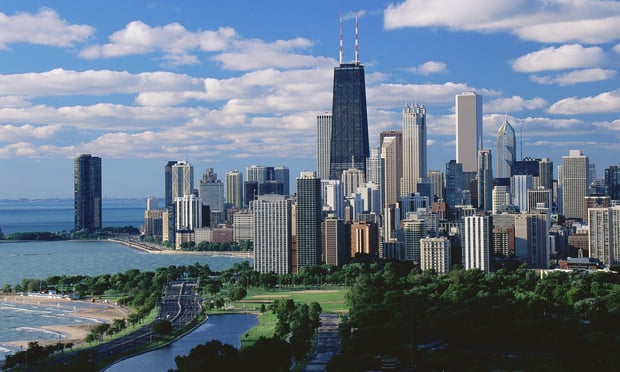CHICAGO—It's easy to find bad news about the retail sector these days. The rise of e-commerce has put the squeeze on thousands of brick-and-mortar outlets, and iconic brand names such as Sears are shutting down across the nation.
Even shopping malls, the places where most Americans shopped for decades, have felt the pinch. By 2022, one out of every four malls in the US could be out of business, according to a new report from Quantum Real Estate Advisors, Inc. And e-commerce is not the only culprit.
Recommended For You
Want to continue reading?
Become a Free ALM Digital Reader.
Once you are an ALM Digital Member, you’ll receive:
- Breaking commercial real estate news and analysis, on-site and via our newsletters and custom alerts
- Educational webcasts, white papers, and ebooks from industry thought leaders
- Critical coverage of the property casualty insurance and financial advisory markets on our other ALM sites, PropertyCasualty360 and ThinkAdvisor
Already have an account? Sign In Now
*May exclude premium content© 2025 ALM Global, LLC, All Rights Reserved. Request academic re-use from www.copyright.com. All other uses, submit a request to [email protected]. For more information visit Asset & Logo Licensing.









